|
|
Running a Google Ads campaign is an essential strategy for businesses looking to increase visibility, generate leads, and drive sales. However, launching a campaign is just the beginning. Without ongoing optimization, even the most well-funded advertising efforts can result in wasted spend and underwhelming performance. The key to success lies in fine-tuning every aspect of a campaign, from keyword selection and bidding strategies to ad copy and landing page experience.
Many advertisers assume that once a campaign is live, it will naturally perform well if they’ve targeted the right audience. But Google Ads operates in a highly competitive auction-based system where relevance, engagement, and smart bidding decisions play crucial roles in determining ad rank and cost-per-click (CPC). Businesses that consistently optimize their campaigns not only improve their ad placement but also lower costs while increasing return on investment (ROI).
With insights from WiFi Digital, a leader in digital marketing and PPC strategies, this expert guide explores the most effective techniques to optimize Google Ads campaigns. By understanding key performance metrics, refining targeting strategies, improving ad quality, and enhancing landing pages, businesses can maximize their advertising impact while maintaining efficiency in their ad spend.
Understanding and Improving Key Google Ads Metrics
To optimize a Google Ads campaign effectively, advertisers must first understand the fundamental performance indicators that determine success. Metrics such as click-through rate (CTR), quality score, cost-per-click (CPC), conversion rate (CVR), cost per acquisition (CPA), and return on ad spend (ROAS) all provide valuable insights into how well a campaign is performing.
Click-through rate measures the percentage of users who click on an ad after seeing it, offering a clear indication of how compelling the ad copy and creative are. A low CTR often suggests that the messaging does not resonate with the audience or that ad relevance is lacking. Quality Score, a ranking factor determined by Google, plays a critical role in campaign efficiency, affecting both CPC and ad rank. This score is based on ad relevance, expected CTR, and landing page experience, meaning that advertisers who consistently optimize these factors can achieve better placements without necessarily increasing their bids.
Cost-per-click is another key consideration, as higher CPCs can quickly deplete budgets if conversions do not justify the expense. To lower CPC while maintaining high conversion potential, businesses must improve ad relevance, refine targeting, and utilize smart bidding strategies. Conversion rate, on the other hand, reveals how many users take a desired action after clicking an ad. A strong CVR indicates that both the ad and the landing page align well with user intent, whereas a low CVR suggests a disconnect between expectation and experience.
Finally, advertisers must continuously evaluate CPA and ROAS to ensure they are not overspending on customer acquisition. By monitoring these metrics and making data-driven adjustments, businesses can enhance campaign efficiency and allocate budgets toward the highest-performing ads.
Refining Audience Targeting and Keyword Strategies for Maximum Impact
Reaching the right audience is essential for Google Ads success. Poor targeting can lead to wasted impressions and clicks from users who are unlikely to convert. One of the most effective ways to optimize targeting is by refining keyword selection and bidding on terms that align closely with user intent. High-intent keywords, particularly those that indicate transactional behavior, tend to drive better results than broad informational searches. For instance, “buy running shoes online” signals a stronger purchasing intent than “best running shoes for jogging.”
Negative keywords play a crucial role in ensuring that ads do not appear for irrelevant searches. By consistently updating a negative keyword list, advertisers can filter out low-intent traffic that drains budgets without delivering meaningful conversions. Additionally, utilizing different match types—broad, phrase, and exact—allows businesses to control how precisely their ads match user queries. While broad match can expand reach, it often leads to wasted spend if not carefully monitored. Phrase match strikes a balance between reach and precision, while exact match ensures ads appear only for highly relevant searches.
Beyond keyword strategies, audience segmentation enhances targeting precision. Google Ads offers in-market audiences, which allow advertisers to reach users actively researching products or services in a given category. Custom intent audiences take this a step further, enabling businesses to target users based on their search behavior and website visits. Remarketing and customer list targeting are also highly effective strategies, ensuring that past website visitors or existing customers remain engaged with relevant ads tailored to their interests. By continuously refining keyword selection and audience segmentation, businesses can drive more qualified traffic and increase conversion rates.
Enhancing Ad Quality and Message Consistency for Better Engagement
The effectiveness of a Google Ads campaign is not only determined by targeting but also by how well the ad itself resonates with users. Ad relevance and compelling messaging are critical factors that influence both click-through rate and conversion potential. Crafting engaging ad copy that aligns with user intent while differentiating from competitors is essential for capturing attention in a crowded search results page.
One of the best ways to improve ad performance is by maintaining strong message consistency between the ad copy and landing page. When users click on an ad, they should immediately find what they were promised in the ad text. Mismatches between expectations and reality lead to high bounce rates and poor conversion performance. Dynamic keyword insertion (DKI) can help tailor ad text dynamically to match a user’s search query, increasing relevance and engagement.
Leveraging ad extensions also plays a significant role in optimization. Sitelink extensions allow advertisers to showcase multiple landing pages, while call extensions enable direct engagement through phone calls. Structured snippet extensions highlight key product features, and location extensions enhance visibility for businesses with physical storefronts. Using these extensions strategically improves ad visibility and interaction rates, contributing to higher quality scores and lower CPCs.
In addition to refining text ads, businesses should experiment with responsive search ads (RSAs), which allow Google to automatically test different headline and description combinations. RSAs help identify the most effective ad variations, optimizing engagement rates over time. By continuously improving ad relevance, ensuring message alignment, and leveraging all available ad formats, businesses can enhance engagement and maximize the impact of their campaigns.
Optimizing Landing Pages for Higher Conversion Rates
Even the best Google Ads campaign can fail if the landing page experience does not support conversion goals. A well-optimized landing page should provide a seamless user experience that reinforces the message of the ad while minimizing friction.
One of the most crucial aspects of landing page optimization is speed. Slow-loading pages lead to high bounce rates and lost conversions. Google prioritizes fast-loading, mobile-friendly pages, so businesses should ensure their landing pages load within three seconds or less.
Design and layout also play key roles in conversion rate optimization. A strong call-to-action (CTA) should be immediately visible and clearly instruct users on the next step. Whether the goal is to capture leads, complete a purchase, or encourage phone calls, the CTA must be persuasive and easy to find. Reducing unnecessary form fields, simplifying navigation, and minimizing distractions can further improve user experience and increase conversion rates.
Trust signals, such as customer testimonials, security badges, and clear return policies, help build credibility and reassure users about their purchase decisions. Personalization techniques, including dynamically generated content based on user location or past behavior, can further enhance relevance and engagement.
Finally, continuous A/B testing is essential for landing page success. Testing different headlines, CTAs, images, and layouts helps identify what resonates most with visitors. By making data-driven adjustments, businesses can incrementally improve conversion rates and drive higher ROI from their Google Ads campaigns.
Optimizing a Google Ads campaign requires a multi-faceted approach that combines data-driven decision-making with continuous refinement of targeting, ad quality, and landing page experience. Businesses that consistently monitor performance metrics and adjust strategies based on insights will achieve greater efficiency, lower costs, and higher conversion rates.
By refining audience targeting, improving ad relevance, leveraging automation tools, and ensuring a seamless post-click experience, advertisers can maximize the impact of their campaigns while maintaining control over ad spend. The ever-evolving nature of Google Ads means that optimization is an ongoing process, but with the right techniques and a commitment to testing and improvement, businesses can unlock the full potential of paid search advertising.
With WiFi Digital’s expertise in Google Ads management, businesses can take their campaigns to the next level, achieving measurable success while staying ahead of competitors. Now is the time to optimize your Google Ads strategy and turn clicks into profitable conversions.
WiFi Digital: Connecting Businesses to the Digital Future
In today’s fast-paced world, where a strong digital presence is essential for business growth, WiFi Digital emerges as a strategic partner for small and medium-sized businesses (SMBs). Founded in 2023 and based in London, Ontario, the company has a clear mission: to provide affordable, high-quality solutions that help businesses thrive online. With an experienced and passionate team, WiFi Digital goes beyond simply creating websites and marketing strategies. Its purpose is to empower entrepreneurs, strengthen brands, and give clients more free time to focus on what truly matters – growing their business and improving their quality of life.
WiFi Digital develops websites that authentically and professionally represent your brand, optimizes systems and digital marketing strategies to enhance visibility and return on investment (ROI), and offers affordable, customized solutions, ensuring that businesses of all sizes have access to effective growth tools. With transparency, partnership, and innovation, the company provides each client with the necessary support to achieve real results.
Business digitalization is not just about numbers or metrics. It directly impacts entrepreneurs’ well-being, bringing more organization, efficiency, and freedom to focus on what truly matters. WiFi Digital understands that by investing in digital solutions, businesses gain time, reduce operational stress, and create opportunities to connect better with their customers. A well-structured online presence not only increases sales but also strengthens the public’s trust in the brand.
Beyond technical expertise, WiFi Digital’s key differentiator is its commitment to people. The company values genuine relationships, creates tailored strategies, and works side by side with clients to ensure that every solution meets their specific needs. If you’re looking to boost your brand, attract more customers, and still have more time to focus on what truly matters, now is the time to act!
💡 Transform your digital presence with experts who understand your needs.
📩 Contact us now: contact@wifidigital.ca
🌍 Learn more: www.wifidigital.ca
🚀 Your growth starts here!




